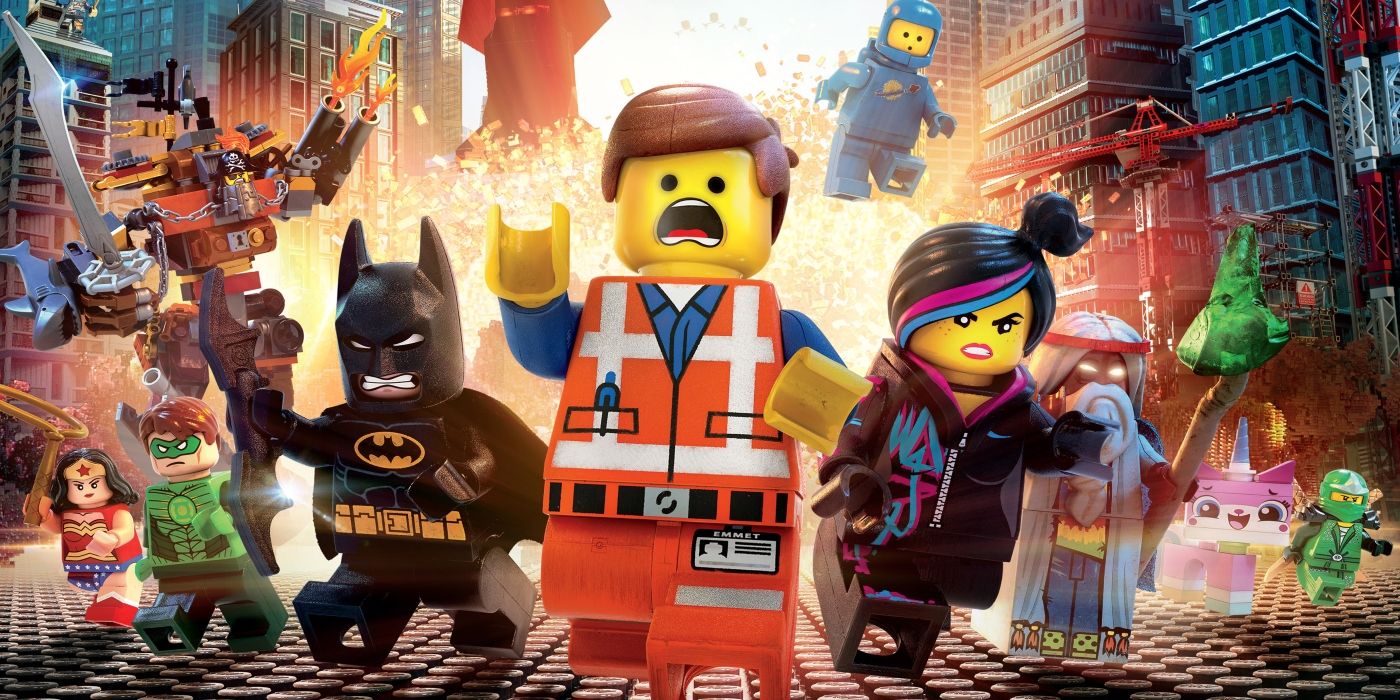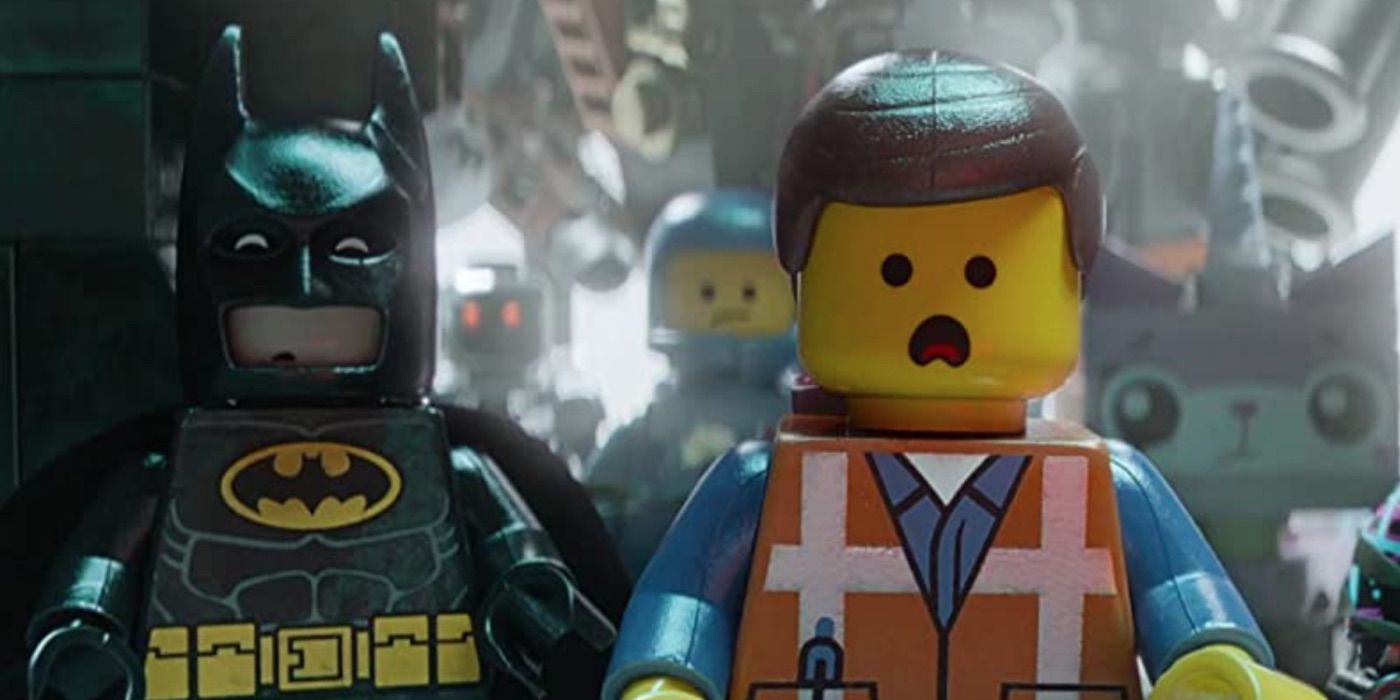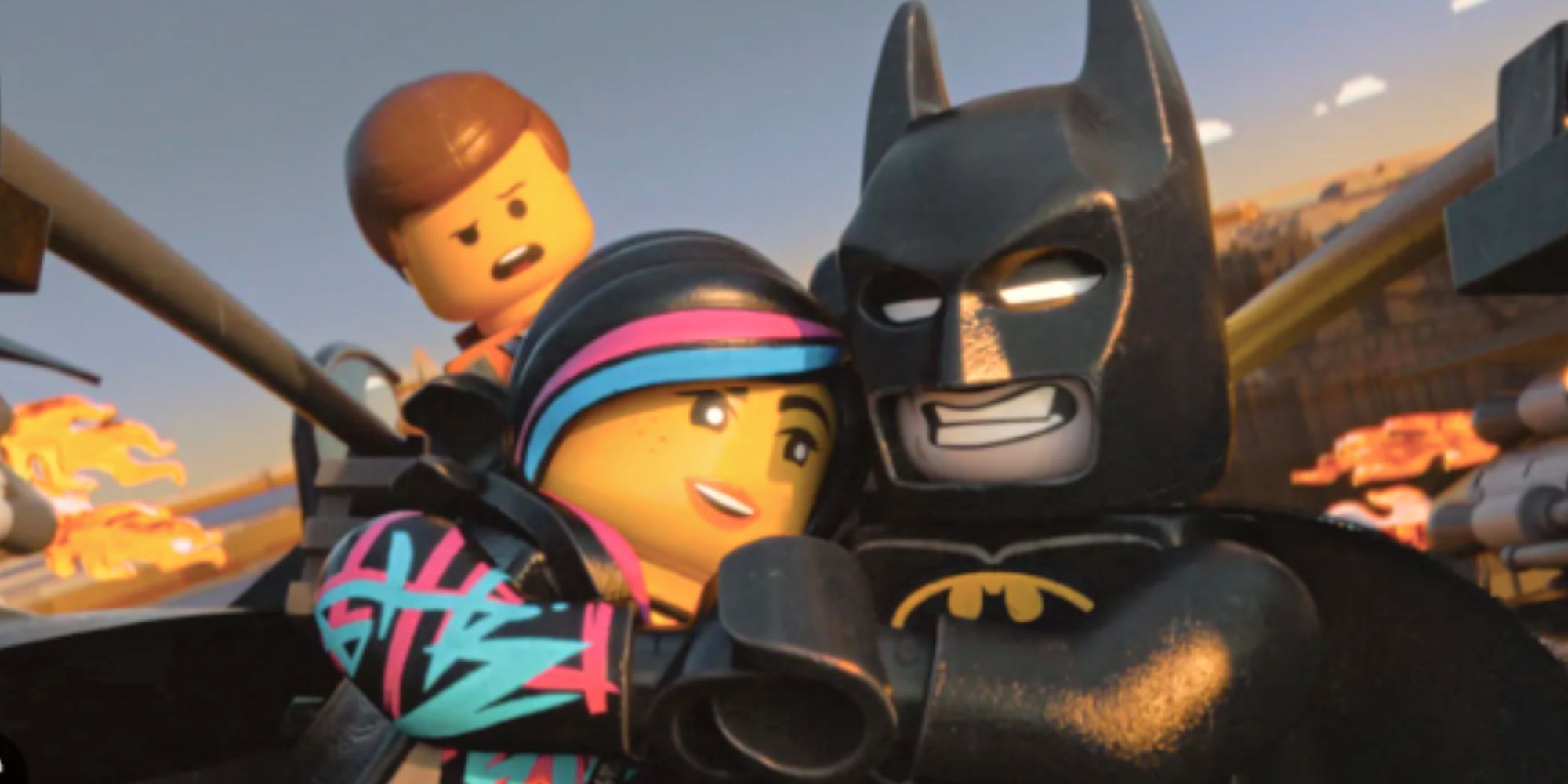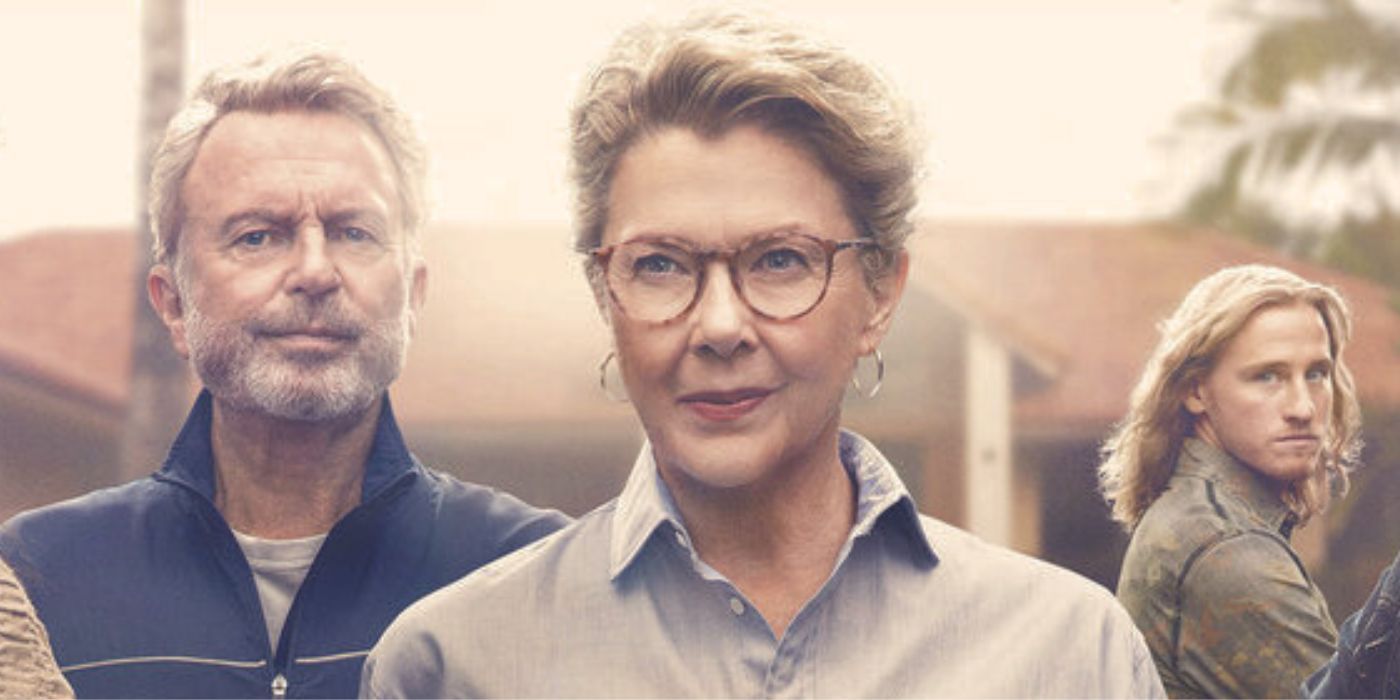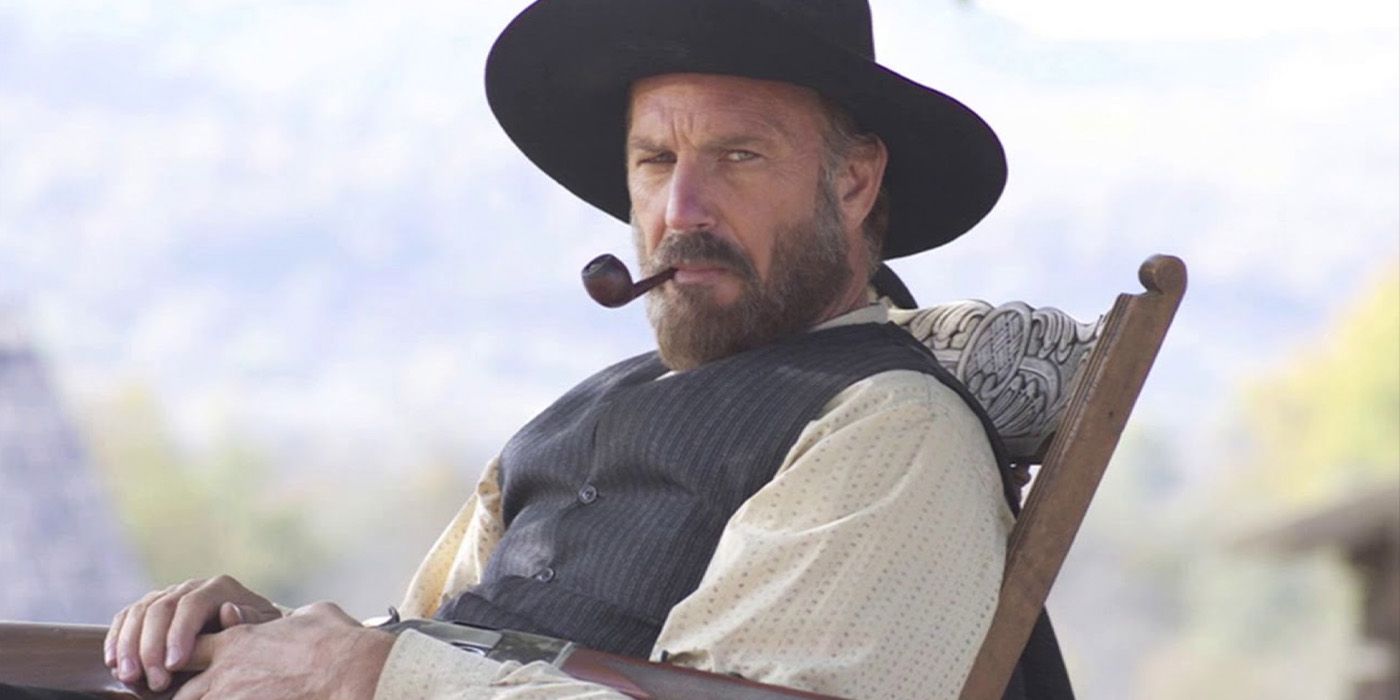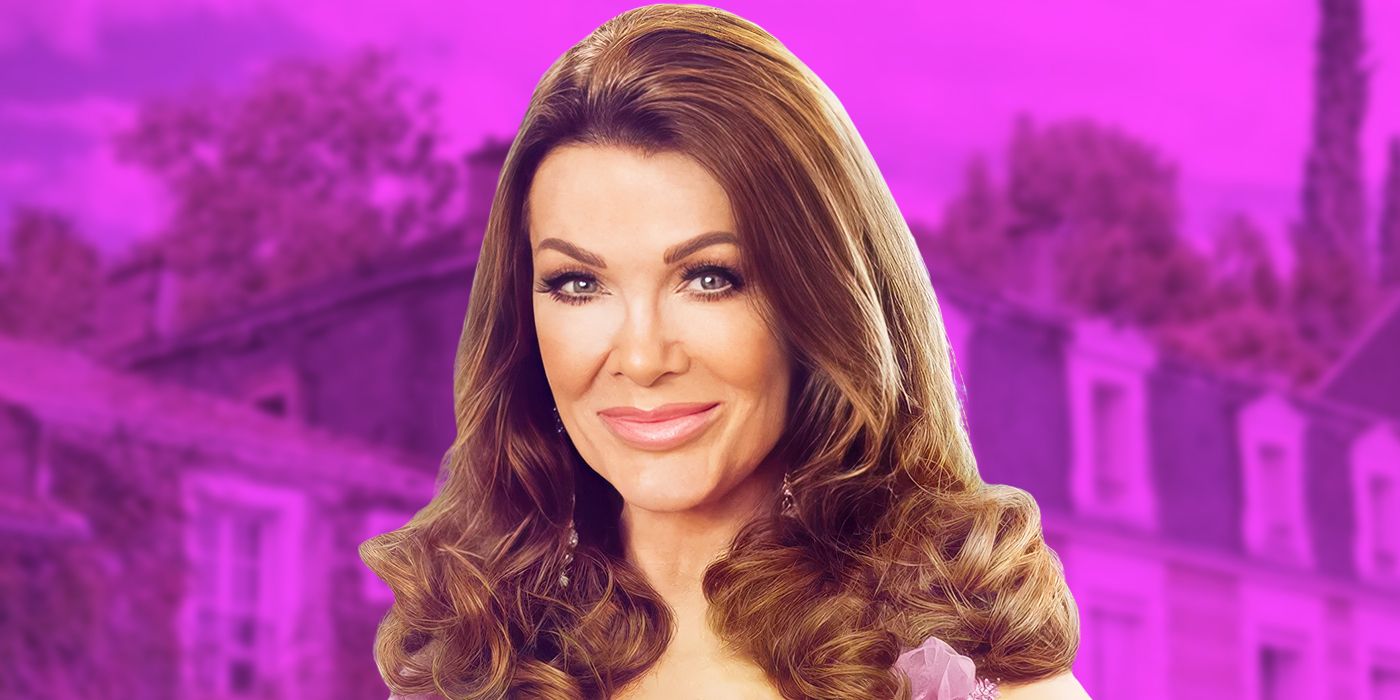The Big Picture
-
The Lego Movie
was a huge hit, exceeding the expectations of both audiences and critics, with its successful blend of creativity and adventure. - Two spin-offs and a sequel were released, but they experienced diminishing returns in terms of box-office success and critical reception.
- Warner Bros. sold the rights to Universal, who will now be responsible for producing future Lego movies, with a five-year time limit to release a new film.
It’s been ten years since Emmet (Chris Pratt) stopped President Business (Will Ferrell) from using the kragle to seal every citizen of Bricksburg in place forever. It’s been ten years since Emmet teamed up with the master builders like Wyldstyle (Elizabeth Banks), Metalbeard (Nick Offerman), and Batman (Will Arnett) and learned what it means to be special. It’s been ten years since “Everything is Awesome” got stuck in all of our heads. The Lego Moviewas undeniably a phenomenon in 2014, so what happened to the franchise? Over five years, there were two spin-offs and a direct sequel, and then Warner Bros. sold the rights to Universal. Why? What happened that such a profitable franchise became something to pass onto another studio? And most importantly… honey, where are my pants?
The Lego Movie
An ordinary LEGO construction worker, thought to be the prophesied as “special”, is recruited to join a quest to stop an evil tyrant from gluing the LEGO universe into eternal stasis.
- Release Date
- February 7, 2014
- Director
- Phil Lord , Christopher Miller
- Runtime
- 100 minutes
- Writers
- Phil Lord , Christopher Miller , Dan Hageman
- Studio
- Warner Bros. Pictures
‘The Lego Movie’ Exceeded Beyond Expectations
It was easy to be cynical about a movie based on Legos. While movies based on toys and brands weren’t exactly new even in the 2010s, most successful prior examples, like Transformers, G.I. Joe, and even The Care Bears Movie, had loosely defined characters and a vague mythology to build off. What would the construction toys intended to be anything be like in a movie? Even the executives at Lego were skeptical when producer Dan Lin approached them for the rights in the late 2000s. Lin recalled, “[the Lego executives] didn’t feel they needed a movie. They were already a very successful brand. Why take the risk? They were doing really well without a movie.” But Lin was so inspired by the creativity the toys brought out of his five-year-old son he developed the idea with screenwriters Kevin and Dan Hagerman (the team currently behind Star Trek: Prodigy) and sold a pitch to Warner Bros. Animation. But the main creative forces were yet to come.
Phil Lord and Chris Miller had just proven they could handle an animated movie for kids. While their one-season MTV show, Clone High, was becoming a cult hit, Cloudy with a Chance of Meatballs showed the duo had big screen sensibilities. The movie was a hit and, similar to Lego, shared source material similarly vague to adaption (the book that inspired it is more image than plot-based). In 2012, the duo also showed they could take something else that seemed cynical, a movie based on a decades-old TV show, and turn that into 21 Jump Street (which was so popular it got a sequel.) Lord & Miller took the treatment by the Hagermans and expanded it into what the movie became, and added all the licensed characters in supporting roles (per The Hollywood Reporter.)
Lin’s impulses were proven correct as The Lego Movie was a huge hit, grossing over 400 million dollars worldwide. The movie also scored high not just with audiences but with critics as well. But nobody put it as succinctly as Edgar Wright, who included it in his top ten movies of 2014 and told Esquire, “What could have been such a shameless, corporate, brand-heavy, cash-grab of a movie becomes a truly inspired comic adventure about individualism, imagination, and the creative spirit.” It even caused an upset in January 2015 when it was snubbed at the Oscars for Best Animated Picture (thankfully, “Everything is Awesome” was nominated for Best Original Song.) Despite this egregious oversight, the future of Lego movies was bright. But that would fade quickly.
Two Spin-Offs and a Sequel, All Diminishing Returns
A sequel to The Lego Movie was announced before it was even out for a month and was slated for May 26th, 2017. Warner Bros. clearly felt confident about a potential franchise, slating it for a major summer weekend release, but that was not where they stopped. Six months later, Warner Bros. announced plans for two spin-offs as well: one centered around the scene-stealing Batman, the other on Lego’s Ninjago brand. There were many shifts behind the scenes in the lead-up to these three movies coming out. Chris McKay, originally set to direct the sequel, took the helm of The Lego Batman Movie; meanwhile, Rob Scharb, most known for his work on Community, was set to direct the sequel until being replaced over creative differences with Trolls director Mike Mitchell. Bojack Horseman creator Raphael Bob-Waksberg was assigned to rework the script (as Lord and Miller were off to a galaxy far, far, away.) The Lego train was a train built fast and without breaks.
The Lego Batman Movie was released in February 2017 to critical approval and a healthy, though smaller, box office return partly due to an unlikely performance from the horror phenomenon Get Out. Despite this, Lego Batman was thought of fondly enough to be highlighted among the Oscar snubs a year later, and led to Will Arnett hosting Lego Masters, a reality competition show. Unfortunately, The Lego Ninjago Movie was not as warmly received. The charms had worn off by September 2017, with Ninjago welcomed to only mild praise and not even reaching half of the box office gross as Batman just a few months earlier. The previous Lego movie installments had been able to play to audiences made up of children and adults, but Ninjago was a six-year-old toy line only children and their parents would know. Audiences have known Batman for decades, and he was a prominent figure in The Lego Movie, so a spin-off made sense, whereas the Ninjago characters didn’t even appear in The Lego Movie. What was a casual audience supposed to latch on to?
The disappointment of Ninjago clearly shook Warner Bros. and their franchise plans for Lego movies. The Lego Movie 2: The Second Piece was delayed until February 2019, a full five years after The Lego Movie. Announced alongside this delay was the cancelation of another Lego movie: The Billion Brick Race. Not much was known about the movie other than it initially involved writersDrew Pearce (Iron Man 3) and Jason Segel (Forgetting Sarah Marshall and The Muppets) before it was passed to The Book of Life directorJorge Gutierrez and then canceled. It seemed the fate of more Lego movies would rely on the success of the upcoming sequel, which disappointed upon release. Although well received by critics, the significantly smaller box office suggested audiences had one too many movies centered around the Danish building toys. For Warner Bros., it was time to pivot.
Warner Bros. Sells the Bricks to Universal
Rumors began to float around that Warner Bros. was taking the rights to Lego based movies to market. Universal was interested and seemed a natural fit, given their success with the Sing movies and Despicable Me franchise, not to mention they had just secured the rights to a Mario Bros. movie. The deal was made official in April 2020 with Dan Lin remaining involved and Universal executives like Donna Langley commenting, “We’re thrilled to start building out the next chapter of LEGO movies together with [Lego executive Jill Wilfert] and the LEGO team as they continue to inspire curiosity and innovation.”
However, there are two caveats to Universal’s acquisition. All of the characters that debuted in The Lego Movie are property of Warner Bros., so no more adventures for Emmet and WyldStyle. The deal also came with a five-year time limit, presumably meaning the rights will be available once more should Universal fail to produce a movie by the end of 2025. As of this writing, all that is known about Universal’s Lego movie is that it will be a hybrid of live action and animation and directors Adam and Aaron Nee (The Lost City) are attached to direct. Perhaps learning something from the oversaturation, this is the only Lego movie Univeral as announced.
Can the Lego Franchise be Re-Built?
Everything is not awesome. In just five years, all the goodwill The Lego Movie had earned evaporated. The Lego Movie surprised audiences by telling a story that resonated and avoided being a cheap cash grab. Unfortunately, chasing that success fell apart due to a lack of clear direction, constantly shifting creative teams, and failure to respond to what people wanted from the franchise (looking at you, Ninjago). And while The Lego Batman Movie still manages to connect with people, the franchise was sadly not built with the foundation to last. But nostalgia for the original grows every year, and by the time Universal releases its movie, audiences may only remember the good times and not the bad. Lord and Miller even managed to sneak some Legos intoSpider-Man: Across the Spider-Verse last summer, so not all hope is lost.
The Lego Movie is available to stream on Max.
WATCH ON MAX

